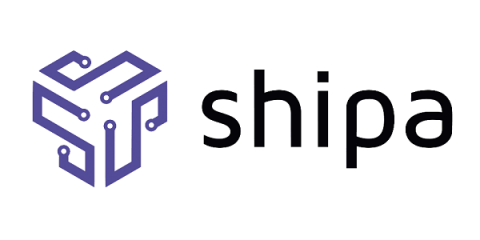Implementing a DevOps Workflow with Shipa 1.3
Kubernetes just turned 7 years old, and over the last couple of years, it has risen in popularity to be the key platform for microservices management consistently. The ecosystem around it is also growing rapidly.






